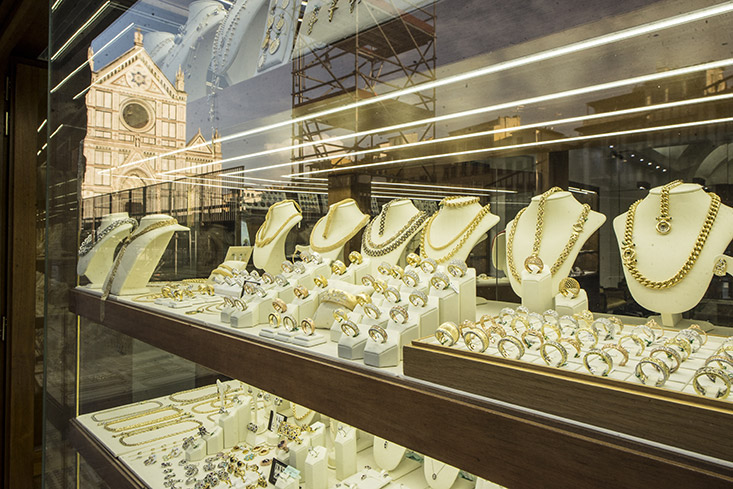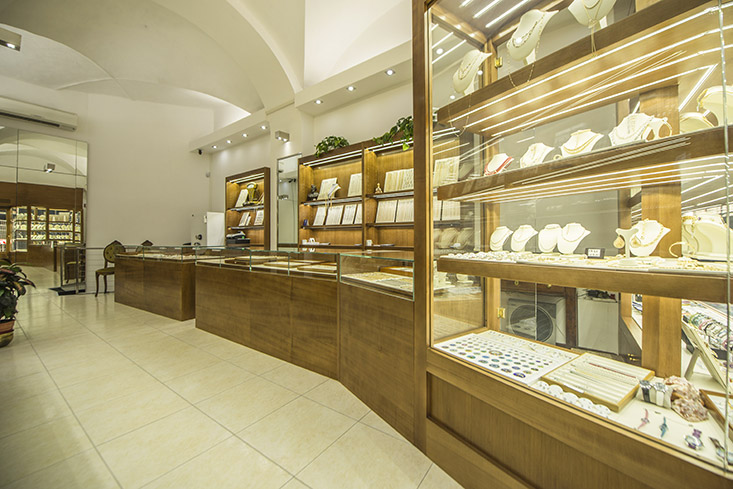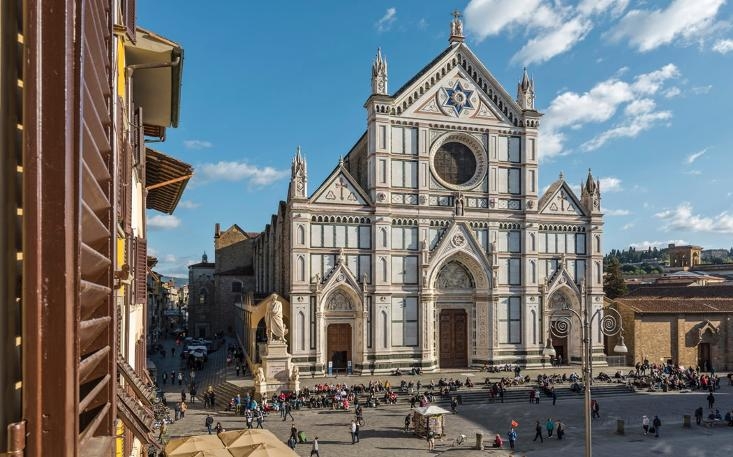Experience
Cellini Gold philosophy: craftsmanship, heritage and customization, these are the words that best describe us.
The jewelry atelier has a strong family history and close tie to Florence, it continues to pass on from generation to generation their tradition in offering made to measure treasures.
Cellini Gold is the place where you can find the missing special gift you were looking for.


Benvenuto Cellini (1500 - 1571)
Benvenuto Cellini was born on 3 November 1500 in Florence. He died in the same city on 14 February 1571, the year in which the Christian fleet finally defeated the Turks at Lepanto.
His father was as instrument maker and musician in the band of the Signoria.
At the age of 16, Benvenuto was exiled from Florence following a brawl. He then wandered between Bologna, Pisa and Rome and studied in goldsmiths' workshop.
Two years later, in 1527, under the eyes of the same pope, Benvenuto had fought against CArlo V's Lanzichenecchi during the nine months of the pillage of Rome, and killed the Conestabile di Borbone with an arquebus shot from the walls of Castel Sant'Angelo.
His works from this period (candelabras fro the bishop of Salamanca, a jewel fro the Chigi family) have been lost. Thanks to the protection of the Cardinal Ippolito d'Este, he escaped after spending just a few nights in prison following his arrest for attacking three people between 1523 and 1530, killing the assassin of his brother Cecchino, a mercenary of Giovanni delle Bande Nere, and being condemned for sodomy.
During one of his numerous flights from the law, Cellini became a bronze sculptor. In 1535 in Venice he met Jacopo Sansovino, who taught him the technique of casting. After returning to Rome, in 1538 he was arrested with the charge of having appropriated property of pope Clemente VII. Thanks to the protection of Cardinal Cornaro, he escaped just a few days after his capture.
1540 found him in Fontainebleau, a the court of Francois I, along with Rosso Fiorentino and Francesco Primaticcio. Three years later he forged the Saliera 'table monument' for King François. In 1554 he fled from France (suspected of having stolen from the royale purse). In 1554 in Florence he created his masterpiece 'Perseo', located in the shade of the loggia of the Orcagna dei Lanzi.
In Madrid he sculpted his Cristo for the Escorial from a single marble block (1556-1557). In 1558 he begaon to write his autobiography 'La Vita', which with the power of its narrative and its self-referential and descriptive overstatements, remains a cornerstone of Italian literature, translated into German by Goethe in 1807. In 1567 Benvenuto interrupted 'La Vita' (which remained incomplete) to write his 'Treatises' on 'Goldsmithing' and 'Sculpture', outstanding examples of educational insights and technical knowledge.
He married Piera de' Parigi (in 1544 he had fathered a child following an affair with a model). Three years later, in 1571, he died in Florence. He is buried in the Church of Santa Maria Novella.

History
Santa Croce, one of the most famous plazas in the world. A place able to combine art, fine sports, history and romance like no other. Thousands of people cross it every day, just a few may visit it discovering its ancient secrets and captivating stories.
Located in the center of Florence, Santa Croce is the place where magical events happens during the year:
- La giostra del Giglio
- Festa Guelfa
- Calcio Storico Fiorentino
- Marathons
- Concerts
- Christmas Market
- etc...